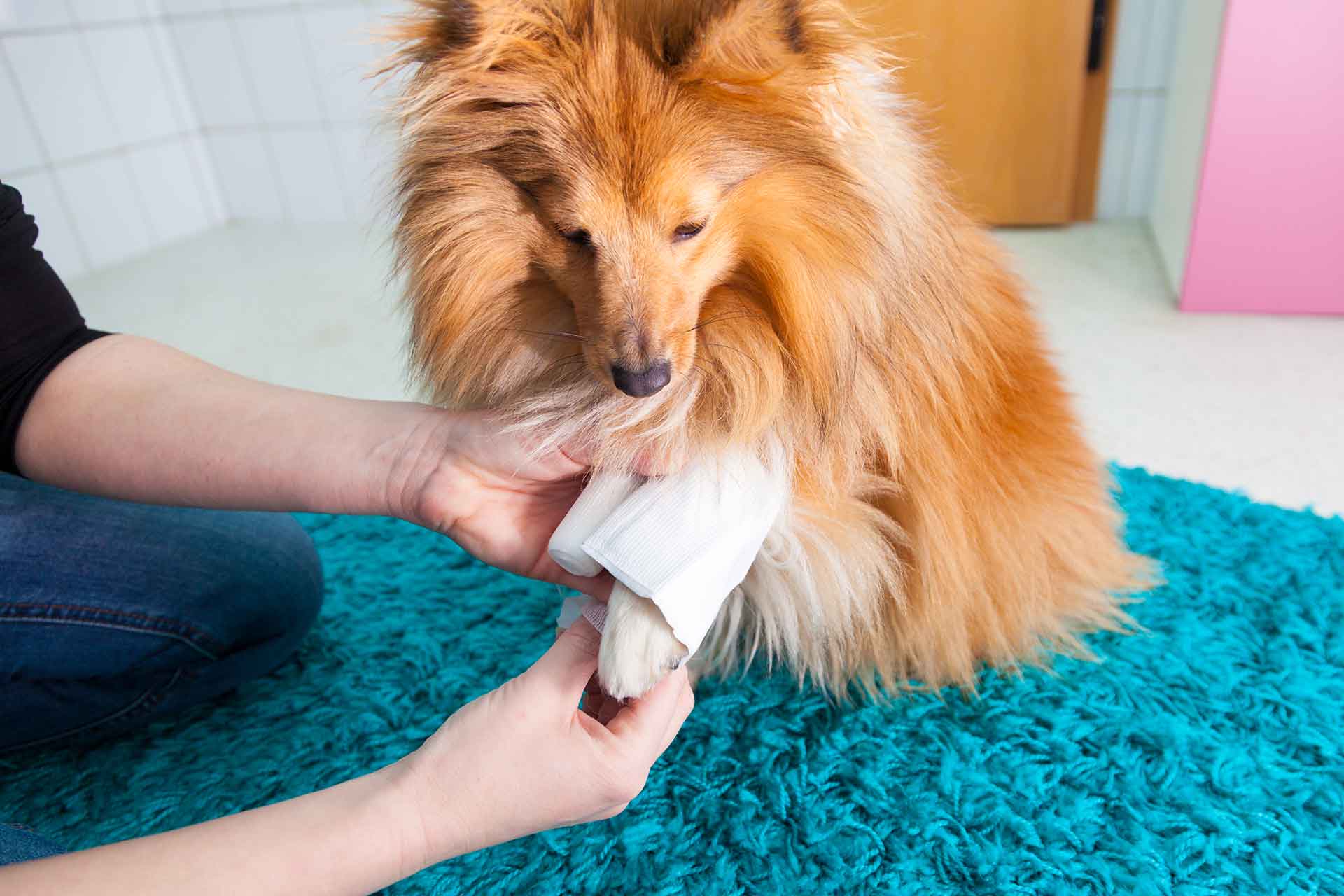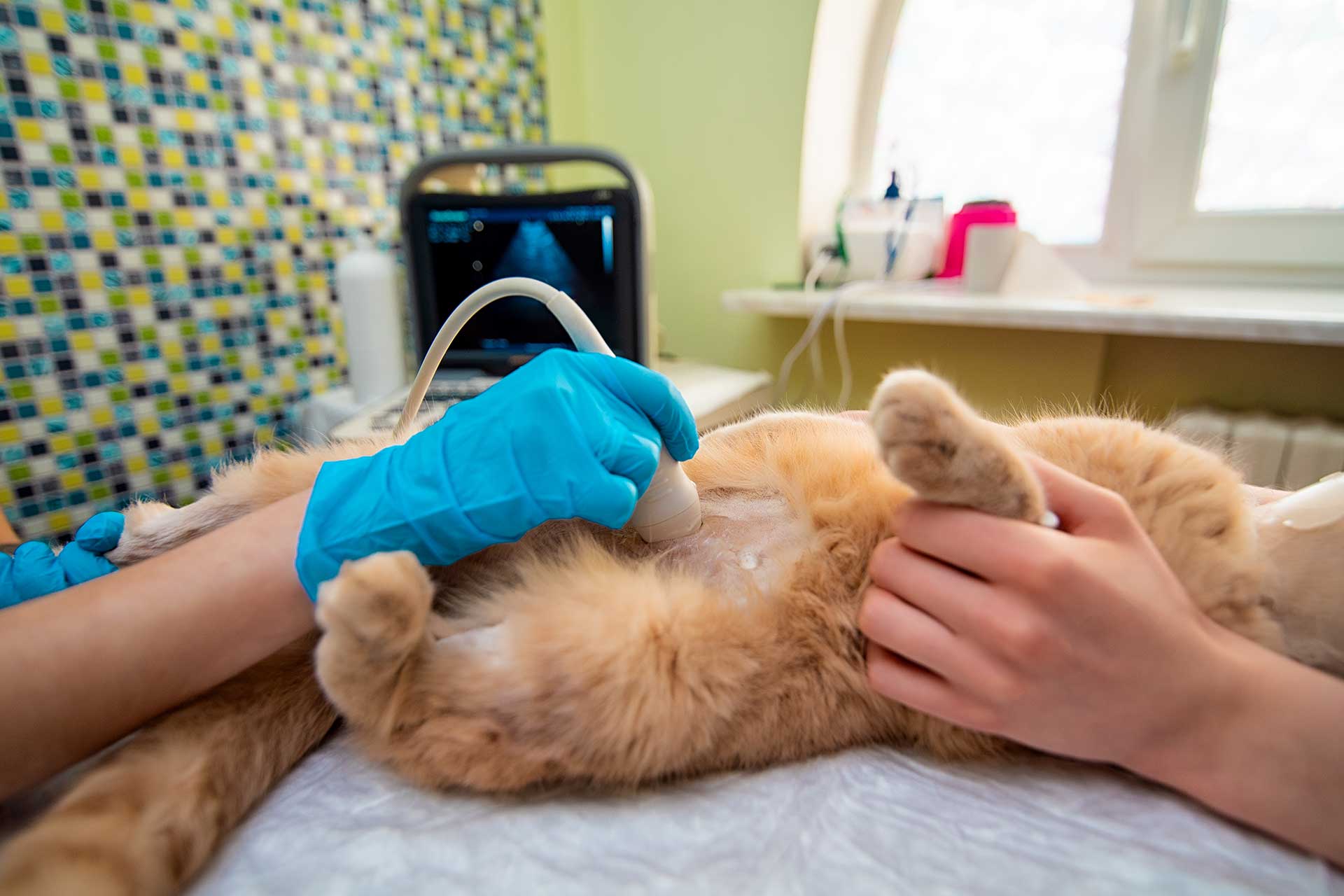What makes it necessary to anaesthetize or sedate animals in order to take radiographs?
The radiographer requires the animal to remain completely motionless while taking radiographs (X-rays), frequently in awkward postures. Many animals would rarely lie in the ideal posture or remain motionless long enough for us to obtain the high-quality radiographs needed to determine their diagnosis. We can obtain the most beneficial radiographs with the use of anesthesia and sedation.
How do radiographs get developed?
With the exception of using X-rays rather than light rays, obtaining a radiography is remarkably comparable to taking a picture. The capacity of X-rays to penetrate materials is what makes radiographs effective as a diagnosis technique. The body ‘s tissues all receive X-rays to varying levels. Bones are the biological tissue that collects the most X-rays out of all others. Bone seem white on a radiograph for this reason. Soft tissues, such the kidneys or lungs, partially absorb X-rays, thus they show on a radiography in various hues of grey. Once your pet returns home, we will display and interpret the radiographs. We can then discuss the diagnosis and treatment options with you.



